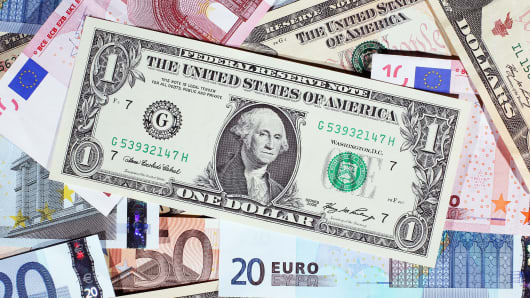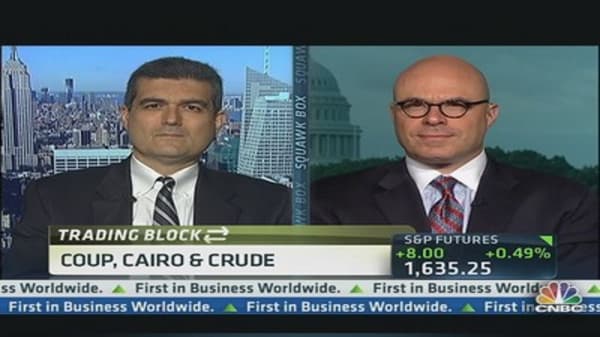German data showed exports in May fell the most since late 2009, suggesting Europe's largest economy is struggling to regain traction, although a rise in imports pointed to robust domestic demand.
The euro's gains accelerated after European Central Bank President Mario Draghi, in comments to the European Parliament's Economic and Monetary Affairs committee, that "euro area economic activity should stabilize and recover over the course of the year, although at a subdued pace."
Analysts said the euro would find it tough to make any significant gains against the dollar as Draghi pledged to keep interest rates low for an extended period.
The divergence between the United States and other major economies is clear in bond markets, with 10-year Treasury yields spiking 23 basis points on Friday to around 2.75 percent, highs last seen in August 2011. The spread between Treasury and bund yields gapped to the widest since 2006.
(Read More: Goldman Sachs: Treasury Yields Will Hit 4%)
"The dollar's strength over the course of last week was especially swift. I think the speed was overdone and so this setback is normal," said Ulrich Leuchtmann, head of FX research at Commerzbank. "Now markets are positioned to take profits from these moves, but this is simply a pause."
The single currency was also helped by news that Greece looks likely to reach a deal with foreign lenders on its latest bailout review and by an improved political situation in Portugal.
(Read More: Euro Zone to Decide on Greece's Cash Injection, Warn Portugal)
"It looks like we will have a clearer diversion, with growth gaining momentum in the U.S. and the euro zone bumping along the bottom," said Niels Christensen, currency strategist at Nordea.
"I expect interest rate differentials to continue to move in favor of the dollar and to pull euro/dollar lower."
The dollar was last down 0.2 percent at 100.99 yen, having earlier hit a 1 1/2-month peak of 101.53 yen.




